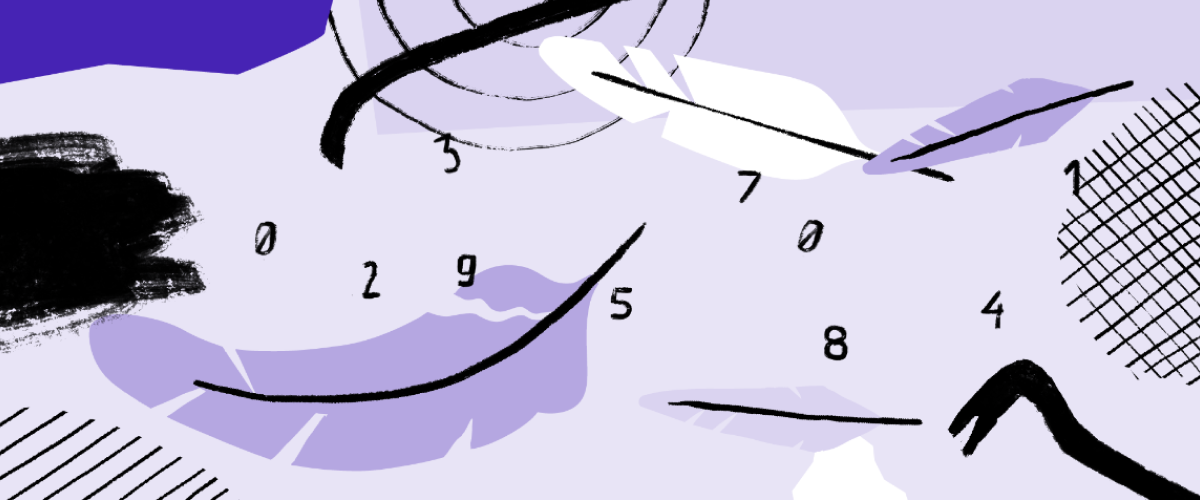Martin Svane
5 common (and costly) time thieves in invoicing and payment
Despite digitalization, many companies still waste significant amounts of time and resources on inefficient invoicing and payment processes. Which of these administrative time thieves do you recognize in your operations? And what could you and your colleagues achieve if you eliminated them?

Whether the goal is to cut costs or free up resources to develop better offerings, no one wants to spend more than necessary on internal administration. Yet, it's often in the most fundamental processes that time (and thus profitability) slips away. Even though today's companies have moved their invoicing from binders to screens, too many unnecessary manual steps remain. Below, we list five areas in invoicing and payment with great potential for efficiency improvements. Do you recognize them?
1. Manual Matching of Invoices and Payments
Many invoicing systems work well as long as all details are correct. But as soon as something goes wrong—even just a single digit in the OCR number—extensive manual intervention is often required to match the payment with the correct customer and invoice. If the problem isn't resolved quickly, customers may receive a reminder for an invoice they believe they've paid, become irritated, and contact customer service. This, in turn, worsens the customer experience and further increases internal workload.
2. Complicated Activation of Direct Debit
A high proportion of direct debit payments offers several advantages, such as increased customer loyalty and reduced risk of payment errors. But the path to achieving this is often unnecessarily complicated for both customers and employees. Do you know how many steps your customers need to go through to switch to direct debit? And what does the process look like for your finance department—is each new direct debit authorization a time-consuming task that needs to be handled manually? There's usually plenty of room for efficiency improvements here.
3. Correction of Failed Transactions
When a payment doesn't go through—for example, due to incorrect account details or insufficient funds during a direct debit attempt—finance department staff often need to intervene manually. Troubleshooting and correcting failed transactions can become detective work, taking up considerable time.
4. Handling Delays and Reminders
Each late payment generates additional work in the form of reminders and follow-ups, even more so if it escalates to a collection case. According to a large customer satisfaction survey, more than half of customers would contact customer service if they received a collection notice. Your company has much to gain by implementing proactive measures to prevent late payments from occurring in the first place.
5. Ongoing System Maintenance
Considering the entire invoice-to-cash process, how many systems are required for your company to receive payments from customers? And how well do these systems communicate with each other? Many companies underestimate the work required to keep their digital payment infrastructure secure, compliant, and up-to-date. Without effective integrations, employees in finance and customer service need to spend significant time switching between different platforms to look up and transfer information.
Ready to Use Time and Resources More Wisely?
Now that you're familiar with the most common time thieves in invoicing and payment, it's time to start combating them. Download the Efficiency Guide to get concrete tips on how to free up time and resources internally while improving the customer experience.
Martin Svane